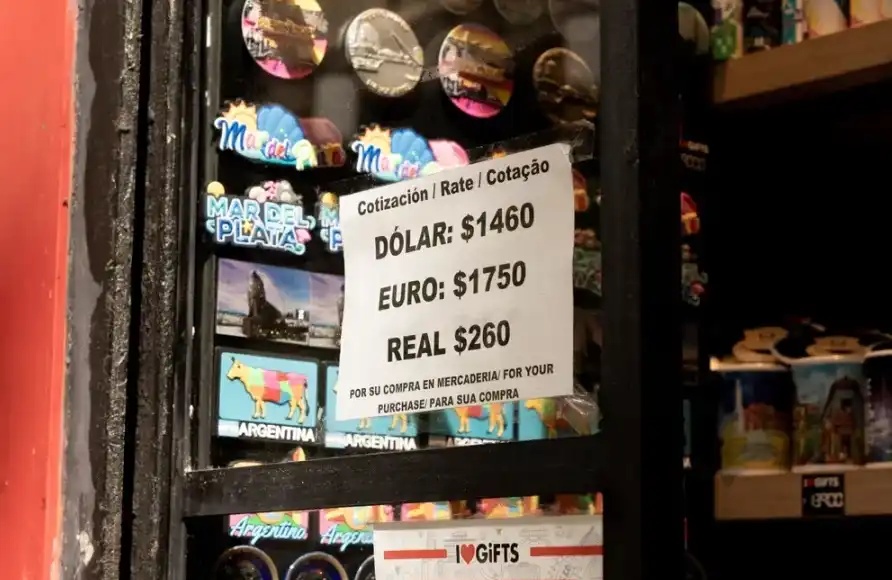Compute Labs: What are the challenges of combining GPU and RWA?
Original author: Leo the Horseman, crypto researcher
Editor’s note: Recently, Compute Labs, a GPU tokenization protocol based on Solana, completed a $3 million Pre-Seed round of financing with a valuation of $30 million, led by Protocol Labs, with participation from Blockchain Coinvestors, OKX Ventures, HashKey Capital and others. On April 12 this year, crypto researcher Leo the Horseman wrote an analysis of the Compute Labs project. BlockBeats reproduced the full text as follows:
Just finished the social event with GPU suppliers, and came back to write an analysis of the @Compute_Labs project to see how RWA and GPU are combined. Let's dive in:

The current GPU market faces three problems: AI/GPU has a high ROI, but the single investment amount is high; except for NVIDIA and AI Token, the liquidity of assets is not good; the threshold for DePin or cloud leasing is high, and you need to run a server or do pooling, etc.
Compute Labs tried to make a single category of GPU into NFT through the idea of RWA, and then tokenize the computing power. From the perspective of liquidity entry, the project party first purchases H100, stakes it in their own computer room, and then re-stakes it to DePin/AI projects to do yield farming, and the income is distributed to the Token Holder.
Compute Labs believes that the advantage of the project lies in the full cooperation with Supermicro, which can have a supply of about 200 units per month; as well as POW mines and AI customers on the customer source side; based on GPU tokenization, the project can develop a series of computing power derivatives ecosystems.
As a computing power practitioner, to be honest, I am interested in computing power derivatives, including front-end financial leasing, mid-end mortgage lending, and even back-end REITs (this series of derivatives is also what I am doing). But after looking at this project, I have a few questions, which may be worth discussing with the project:
1. The ROI of using H100 to hang decentralized computing power projects/mine DePin coins is too low. The monthly rental of a single H100 card is as high as 1500-2000 USD. Few Crypto projects can afford this dividend cost. Only AI giants who are eager for speed can pay for it, and then the source and amount of Yield Farming are questionable.
2. The project party has the initial start-up capital to purchase H100, and then purchase the corresponding Mint NFT. Since the rental payback period is too long, the cash flow in hand is not enough to purchase the machine, so there must be machine pledge lending and token on-chain pledge lending. There is a high risk of double pledge here. Financial review is circumvented through Crypto means, but leverage still exists.
3. The purchase price and rental price of GPUs will be highly dependent on the model updates of the upstream (especially the impact of materials such as B100 and optical modules on the market) and the AI demand of the downstream. The core is a large batch of non-standard products. It is difficult to price derivatives. It requires a more detailed study of materials and net residual value. I am more interested in this area, but the project did not focus on building, and simply passed it over with DeFi Aggregation.
After my analysis, the NFT subscription of this project corresponds to financial leasing, and the Token corresponds to the REITs of GPU, but the problem is that the pricing power of NFT lies in the project party, and the pricing of Token lies in market making. There is a lot of room for operation, or there is serious overselling. If I were the project party, the best way would be to Dump Token and Gain GPU, and exchange the air coins for GPUs worth real money. Dividends and exits on the VC side can be achieved through the resale of GPUs.
Finally, GPU RWA will not lead to the so-called "Pareto optimality of computing power" in the project. The imbalance of computing power is essentially highly related to Nvidia's distribution agent strategy and the ban of the US Department of Commerce. There is no fairness in computing power in the context of compliance.
The fairness of computing power only exists on the cruise ships of middlemen and in the third world computer rooms that are not connected to the public network.
Original link
Welcome to join the official BlockBeats community:
Telegram Subscription Group: https://t.me/theblockbeats
Telegram Discussion Group: https://t.me/BlockBeats_App
Official Twitter Account: https://twitter.com/BlockBeatsAsia


 Forum
Forum Finance
Finance
 Specials
Specials
 On-chain Eco
On-chain Eco
 Entry
Entry
 Podcasts
Podcasts
 Activities
Activities
 OPRR
OPRR








